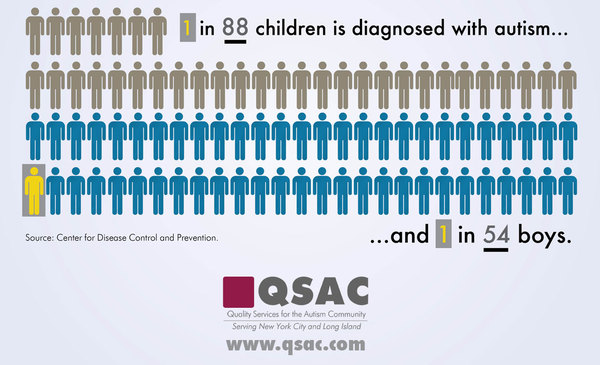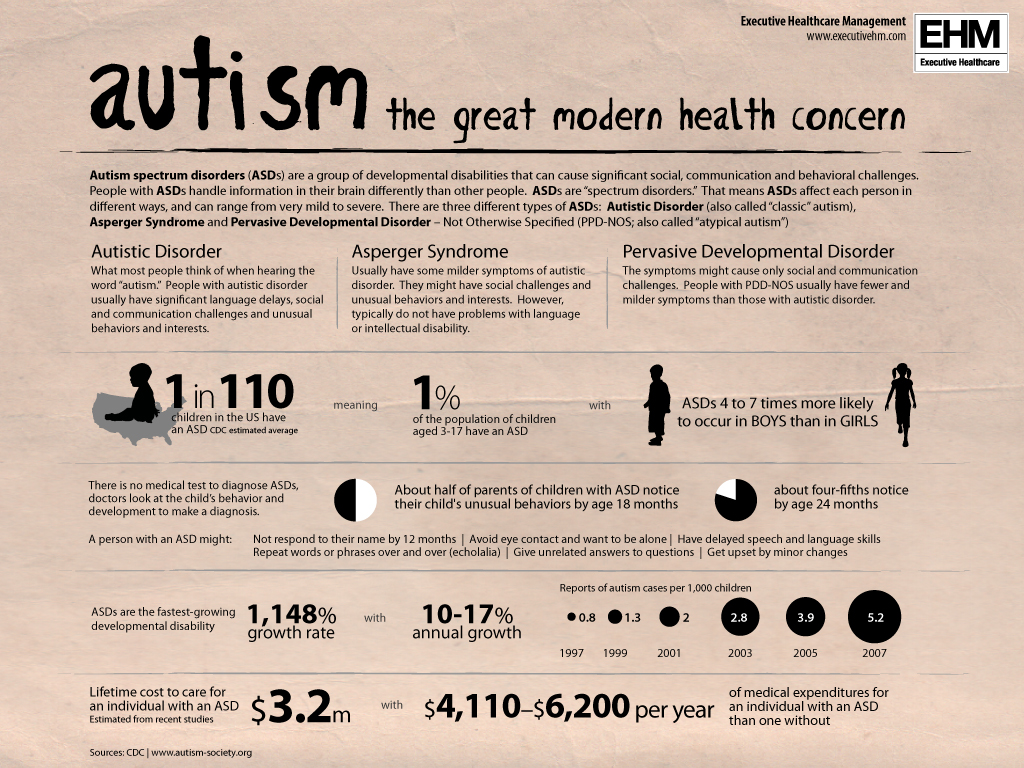How to Talk to an Autistic Child & Get a Response
Every autistic child is unique, with his own set of particular challenges to overcome. If your autistic child has trouble with communication, talk to his speech-language pathologist (SLP) about at-home speech therapy activities and tools that can help him. Speech Buddies, for example, have helped many kids with autism learn to communicate more effectively. You can also use a few speech therapy techniques to encourage your autistic child to respond to you. It may help to adjust the way you speak. Always keep your audience in mind.
For example, if you’re at a family reunion and somebody asks you what you do for a living, you probably wouldn’t immediately jump into the details of corporate tax news. You’d just say you were a tax preparer because you’re less likely to get a blank stare in response. Likewise, by altering your language and the way in which you use it, you may be more likely to get a response from your child.
Use Visual Language
Write Out Sentences
Autistic children tend to think visually. Use visual cues while you try to engage your child in conversation. If your child can read, write out a sentence to him and have him read it. Then speak the sentence and give your child the pencil to encourage him to write a response. Read what he writes out loud.
Draw Pictures
If your child cannot read or is not interested in exchanging written sentences, try drawing pictures. Sit next to your child. Provide both of you with paper and crayons. Draw a picture to represent the words you speak. For example, ask, “Joey, would you like to eat an apple or a pear?” while you draw both types of fruit. Ideally, Joey would draw a picture of the fruit he prefers. Just remember that, as Tim Tucker pointed out in yesterday’s interview, an autistic child may require countless repetitions of activities.
Use Descriptive Words
As well, phrase your instructions in a visual manner. In other words, word your sentences in a way that allows your child to form a picture of the words in his mind. So instead of saying, “Joey, it’s bedtime,” try saying, “Joey, I want to see you lying in your bed with your blanket on top of you.” Instead of saying, “Go potty,” say, “Look Joey, the potty room is over there,” as you point to the bathroom.
http://www.youtube.com/watch?v=O5hi85ebL70
Additional Conversation Tips
An autistic child might be confused if you try to convey the same message with a variety of different sentences. Say something the same way every time. For example, you might say something like, “Joey, please eat your cereal… Joey, you need to eat your breakfast… Joey, I got your favorite cereal, please finish eating it so we can go to school.” Instead, pick one way to say the same thing and stick with it, no matter how many times you need to repeat it to your child before he’ll respond.
Here are a few other tips that may help encourage a response from your child:
- Use sentences that are just one to three words longer than the sentences that your child typically speaks (if your child is nonverbal, just try to shorten your sentences and keep them simple)
- Count to six after speaking – the pause allows your child to process what you’ve said
- Demonstrate the meaning behind your words (point to an object or mime an action)
- Use a non-speech sound to get your child’s attention, instead of repeating his name (i.e. clack your tongue, then say something like, “There you are, Joey,” once you have his attention)




